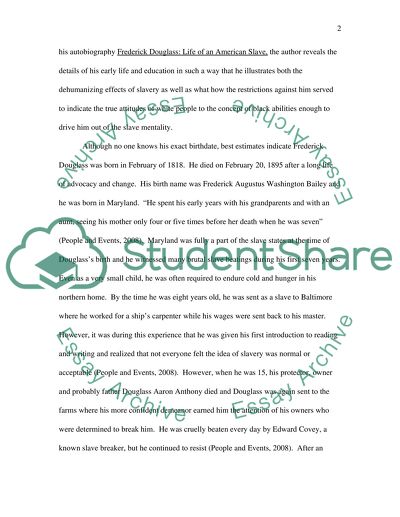Cite this document
(The Institution of Slavery in America Case Study, n.d.)
The Institution of Slavery in America Case Study. Retrieved from https://studentshare.org/sociology/1565123-what-role-did-religionchristanity-play-in-the-institution-of-slavery-ironies-and-contradictions-that-highlight-the-paradox-of-religion-and-the-injustices-of-slavery-narrative-of-the-life-of-fredrick-douglass
The Institution of Slavery in America Case Study. Retrieved from https://studentshare.org/sociology/1565123-what-role-did-religionchristanity-play-in-the-institution-of-slavery-ironies-and-contradictions-that-highlight-the-paradox-of-religion-and-the-injustices-of-slavery-narrative-of-the-life-of-fredrick-douglass
(The Institution of Slavery in America Case Study)
The Institution of Slavery in America Case Study. https://studentshare.org/sociology/1565123-what-role-did-religionchristanity-play-in-the-institution-of-slavery-ironies-and-contradictions-that-highlight-the-paradox-of-religion-and-the-injustices-of-slavery-narrative-of-the-life-of-fredrick-douglass.
The Institution of Slavery in America Case Study. https://studentshare.org/sociology/1565123-what-role-did-religionchristanity-play-in-the-institution-of-slavery-ironies-and-contradictions-that-highlight-the-paradox-of-religion-and-the-injustices-of-slavery-narrative-of-the-life-of-fredrick-douglass.
“The Institution of Slavery in America Case Study”. https://studentshare.org/sociology/1565123-what-role-did-religionchristanity-play-in-the-institution-of-slavery-ironies-and-contradictions-that-highlight-the-paradox-of-religion-and-the-injustices-of-slavery-narrative-of-the-life-of-fredrick-douglass.


